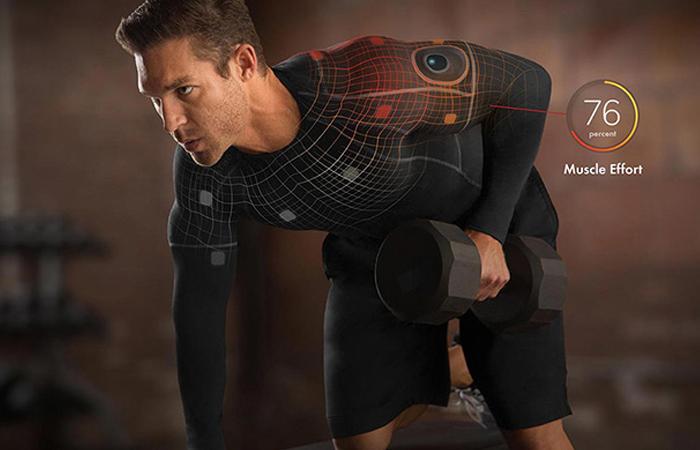Wearable Technology in Sports: Tracking Performance and Enhancing Training
Wearable technology has revolutionized the world of sports, providing athletes and coaches with valuable insights into performance, training, and recovery. From fitness trackers to smart clothing and advanced sensors, wearable devices offer real-time data that can optimize training programs, prevent injuries, and maximize athletic potential. Let's explore the role of wearable technology in sports and how it's transforming the way athletes train and compete.
Tracking Performance Metrics


Fitness Trackers
Fitness trackers, such as wristbands and smartwatches, monitor various metrics such as heart rate, steps taken, distance traveled, and calories burned. Athletes can use this data to track their overall activity levels, set goals, and monitor progress over time.
GPS and Speed Sensors
GPS-enabled devices and speed sensors provide precise measurements of distance covered, speed, acceleration, and route mapping. This information is invaluable for athletes in sports like running, cycling, and team sports, allowing them to analyze performance metrics and optimize training routines.
Biometric Sensors
Biometric sensors measure physiological parameters such as heart rate variability (HRV), oxygen saturation, and skin temperature. By monitoring these metrics, athletes can assess their physiological responses to training, identify signs of overtraining or fatigue, and adjust their workouts accordingly.
Enhancing Training Programs
Performance Analysis
Wearable technology enables detailed performance analysis through metrics such as speed, power output, and biomechanical data. Athletes and coaches can use this information to identify strengths and weaknesses, analyze technique, and make data-driven decisions to improve performance.
Training Load Management
By tracking training load metrics such as training duration, intensity, and recovery time, athletes can optimize their training programs to prevent overtraining and reduce the risk of injury. Wearable devices provide insights into workload distribution and help athletes find the right balance between training and recovery.
Real-time Feedback
Wearable devices offer real-time feedback during training sessions, allowing athletes to make immediate adjustments based on performance data. This instant feedback can help optimize technique, pacing, and effort level, leading to more efficient and effective training sessions.
Injury Prevention and Rehabilitation
Biomechanical Analysis
Advanced wearable sensors provide biomechanical analysis of movement patterns, joint angles, and muscle activation. By identifying biomechanical imbalances or inefficient movement patterns, athletes can address potential injury risks and work on corrective exercises to improve movement quality.
Load Distribution
Wearable technology helps athletes monitor load distribution during training and competition, identifying areas of excessive stress or strain on the body. By optimizing load distribution and technique, athletes can reduce the risk of overuse injuries and enhance performance while minimizing the risk of injury.
Recovery Monitoring
Wearable devices track physiological markers of recovery, such as heart rate variability, sleep quality, and muscle soreness. Athletes can use this data to assess their recovery status and adjust their training and recovery strategies accordingly, ensuring optimal recovery between sessions.
Examples of Wearable Technology in Sports
Smart Clothing
Smart clothing embedded with sensors and biometric monitoring technology allows athletes to track performance metrics without the need for additional devices. Examples include compression garments with built-in heart rate monitors and shirts with integrated motion sensors for biomechanical analysis.
Smart Footwear
Smart footwear equipped with pressure sensors and accelerometers provides real-time feedback on running gait, foot strike pattern, and ground contact time. This information helps athletes optimize running technique, reduce injury risk, and improve running efficiency.
Wearable Cameras
Wearable cameras worn by athletes capture first-person footage of training sessions and competitions, providing valuable insights into technique, decision-making, and tactical awareness. Coaches can review the footage to provide feedback and analysis, enhancing athlete development and performance.


Wearable technology is transforming the world of sports by providing athletes and coaches with unprecedented access to real-time data and insights into performance, training, and recovery. From fitness trackers to smart clothing and advanced sensors, wearable devices offer a wide range of capabilities that optimize training programs, prevent injuries, and maximize athletic potential. As technology continues to evolve, the future of sports performance is undoubtedly wearable.












